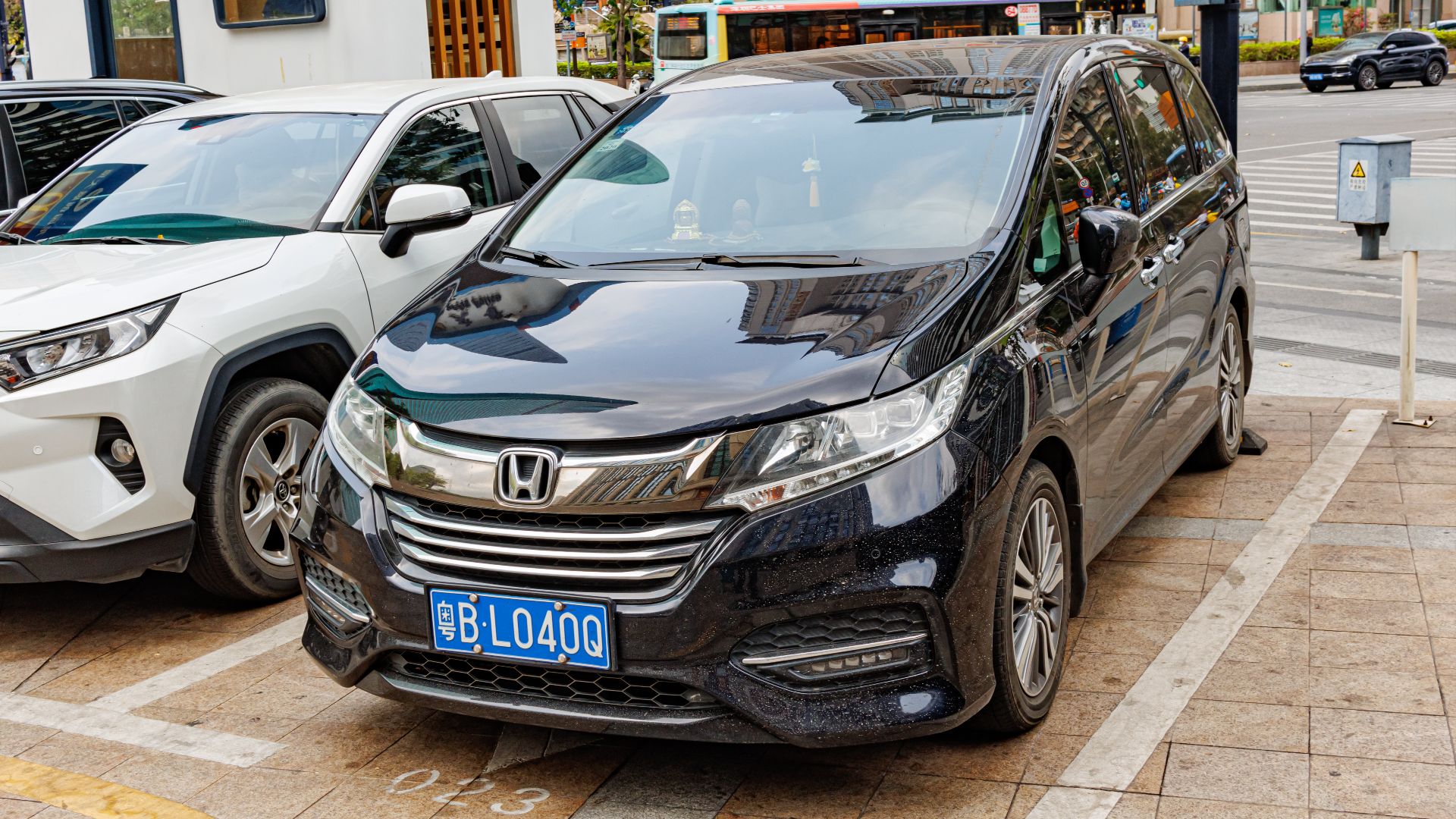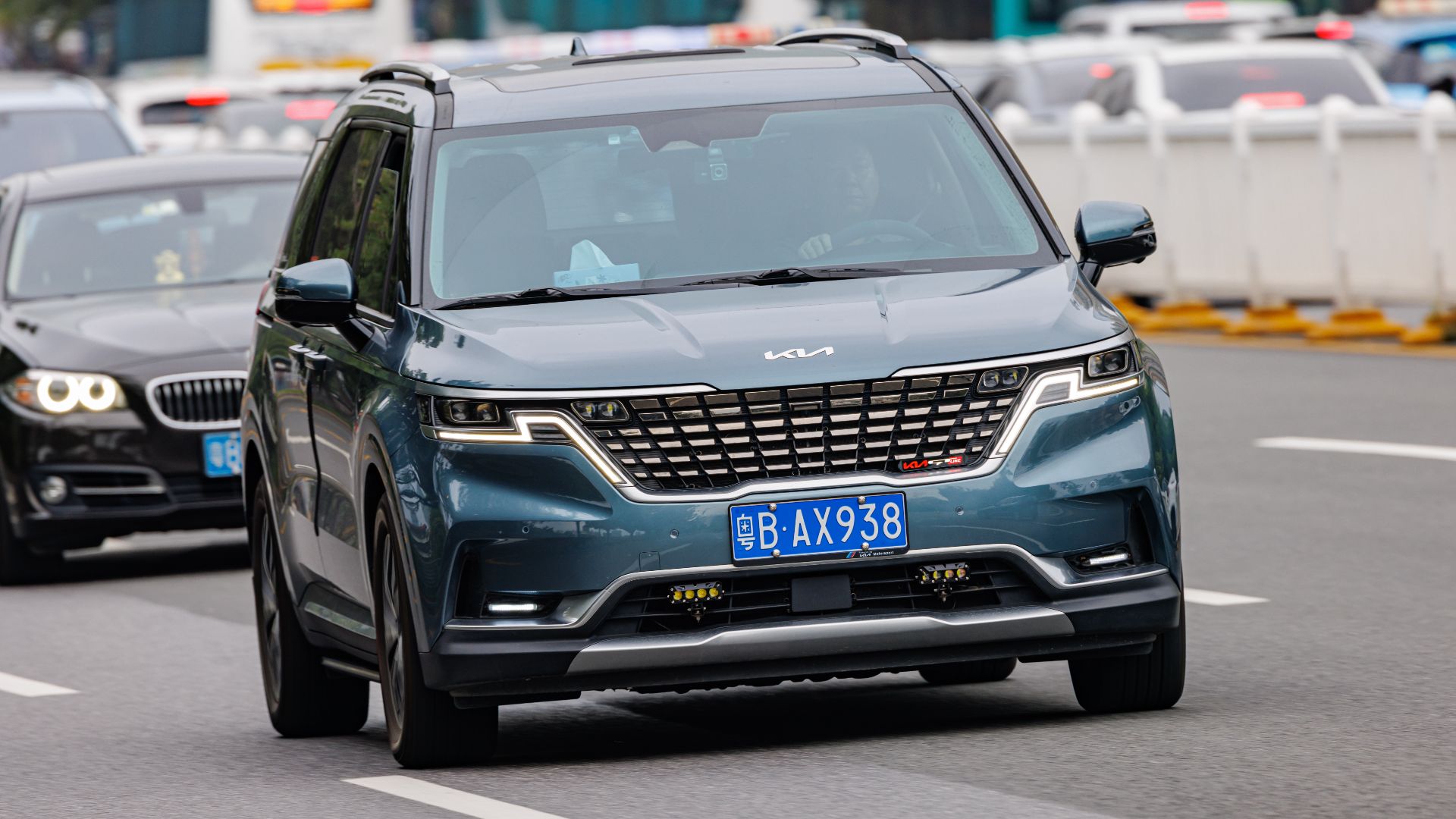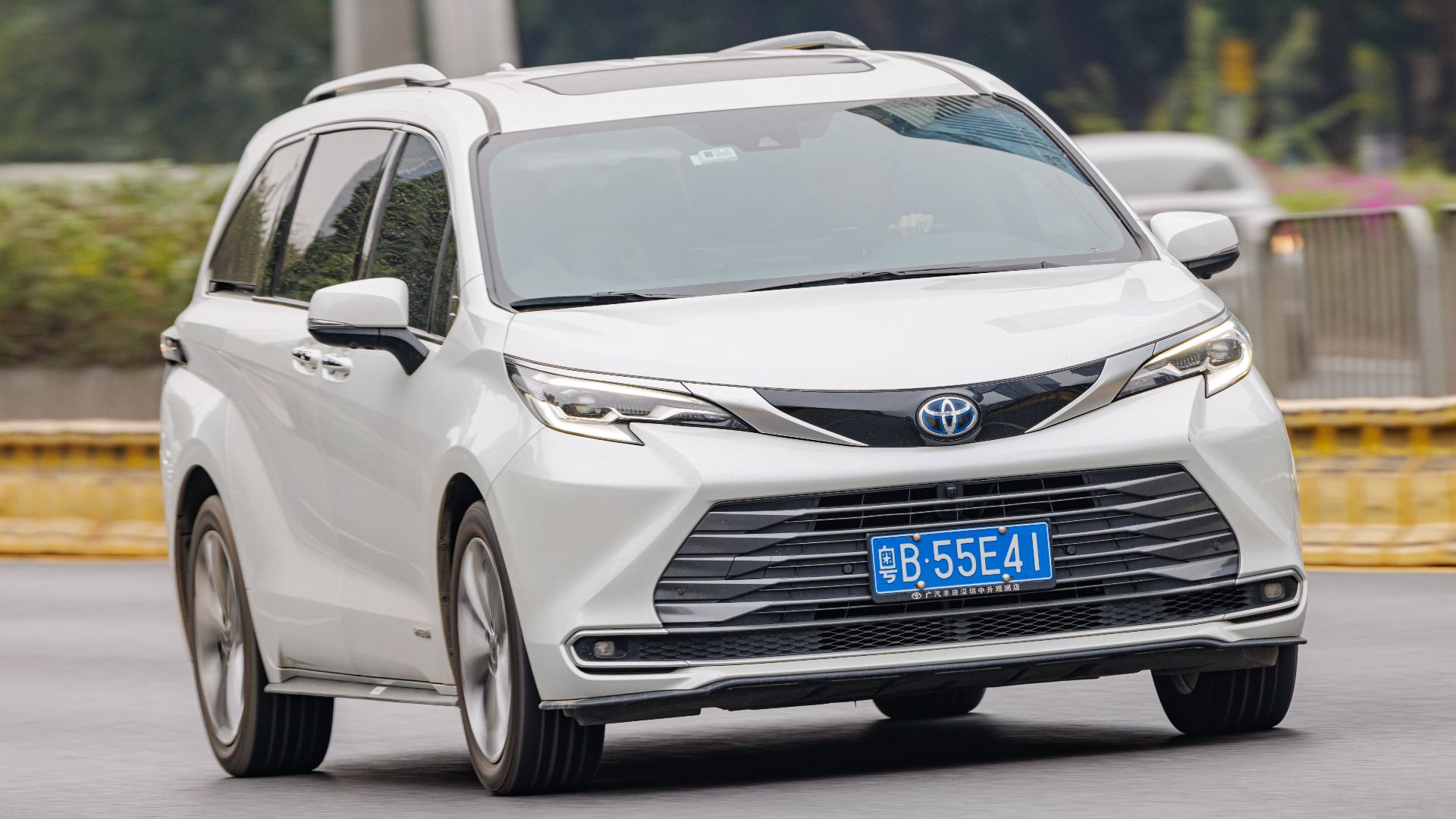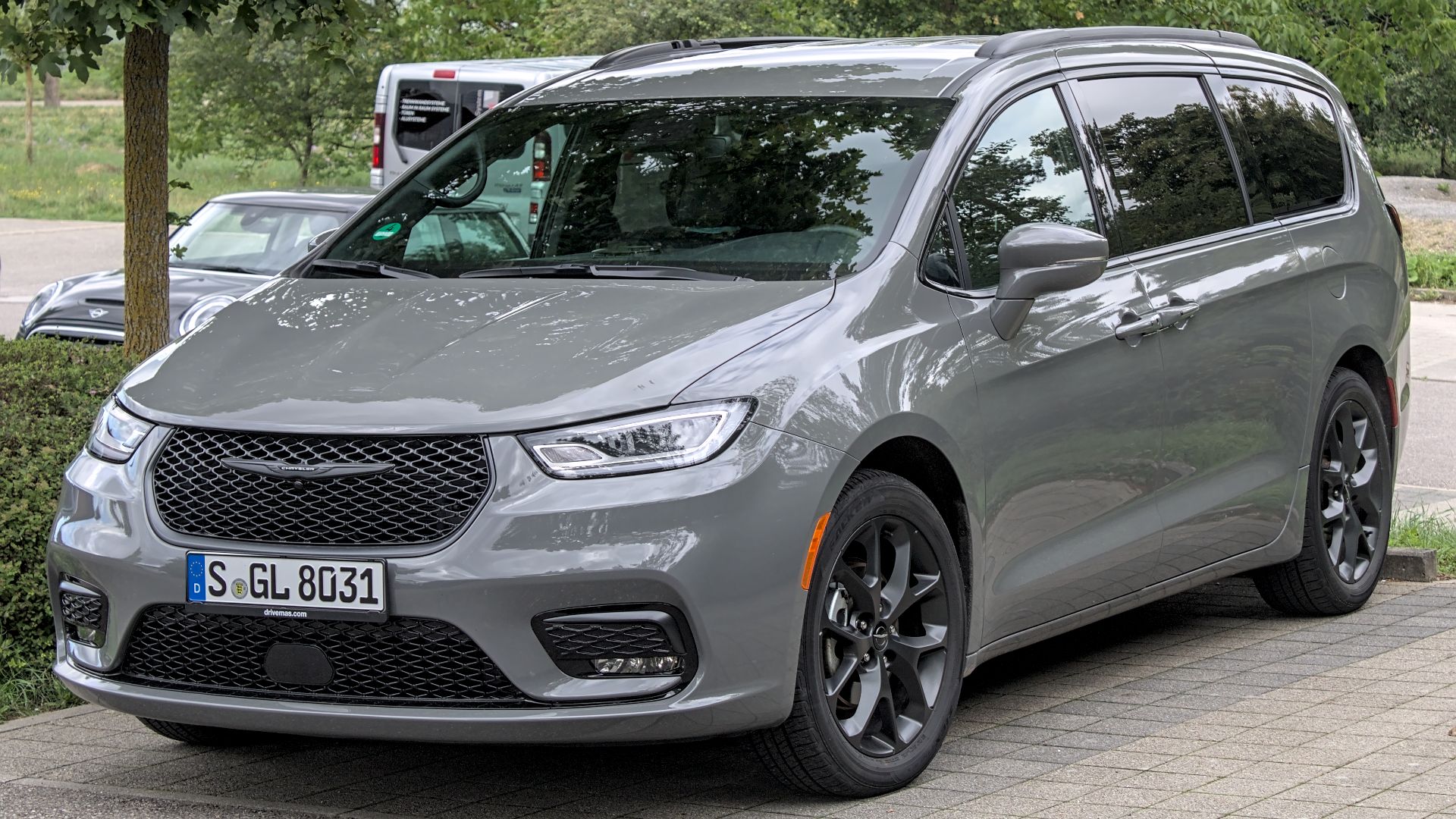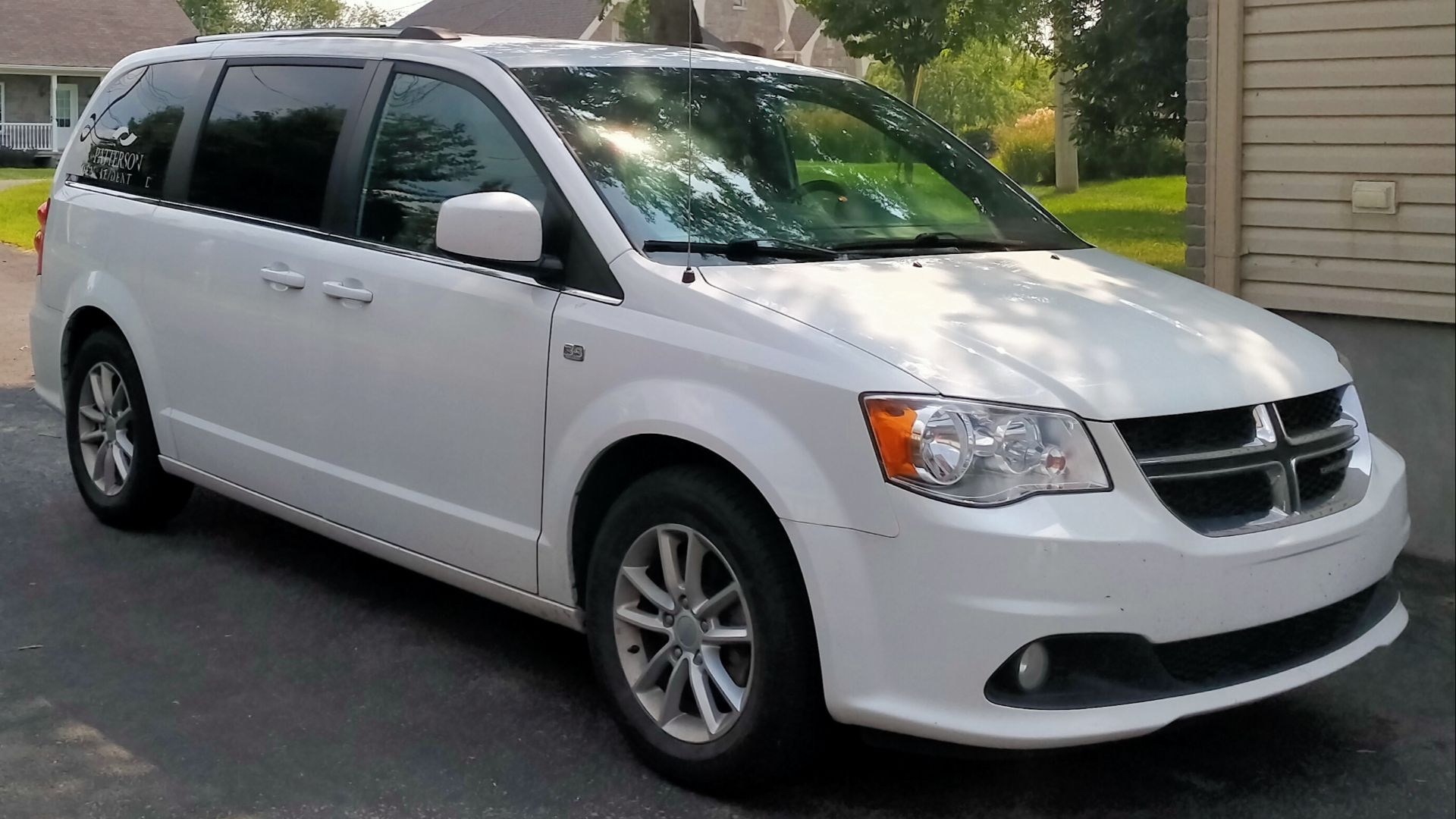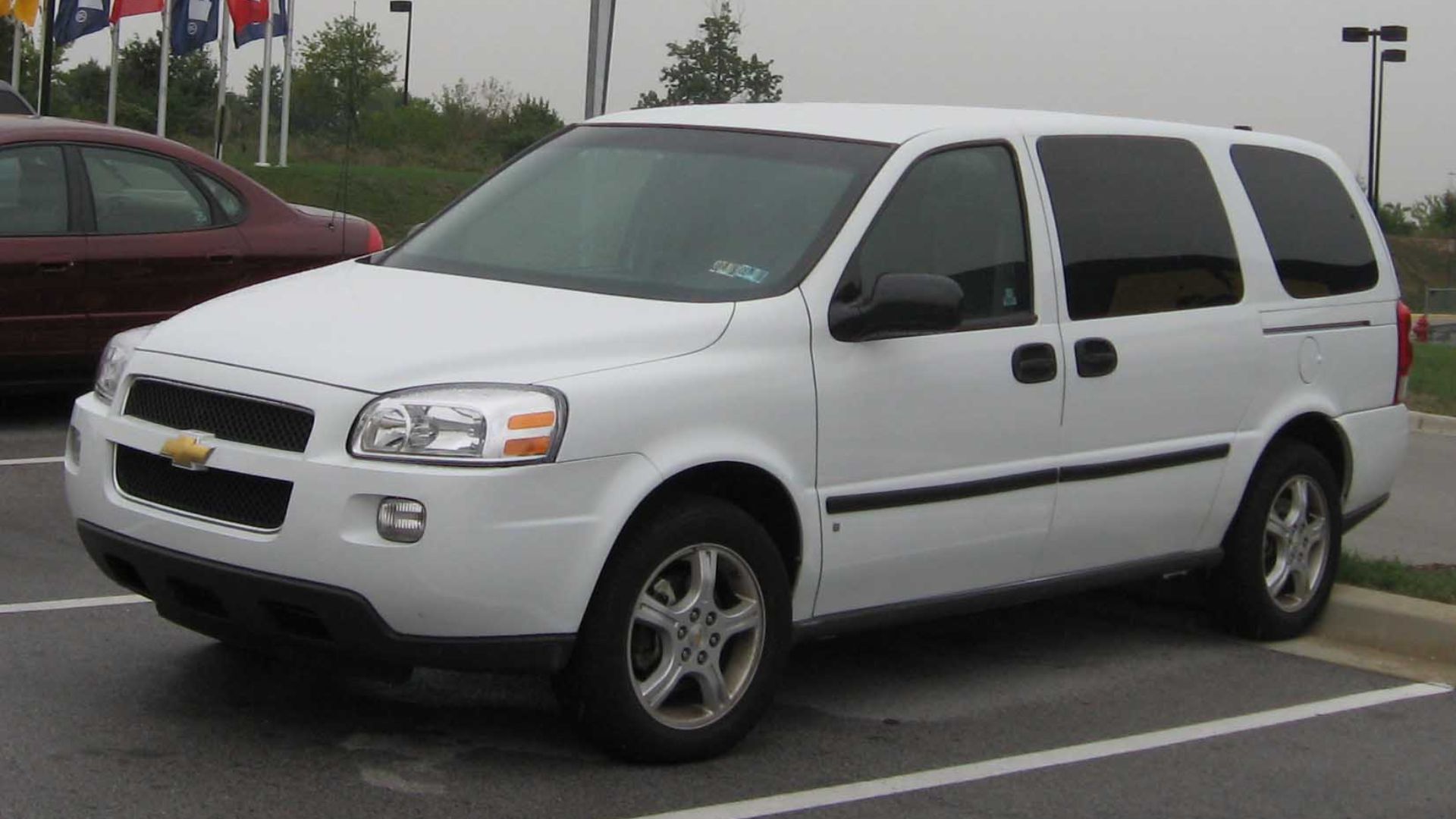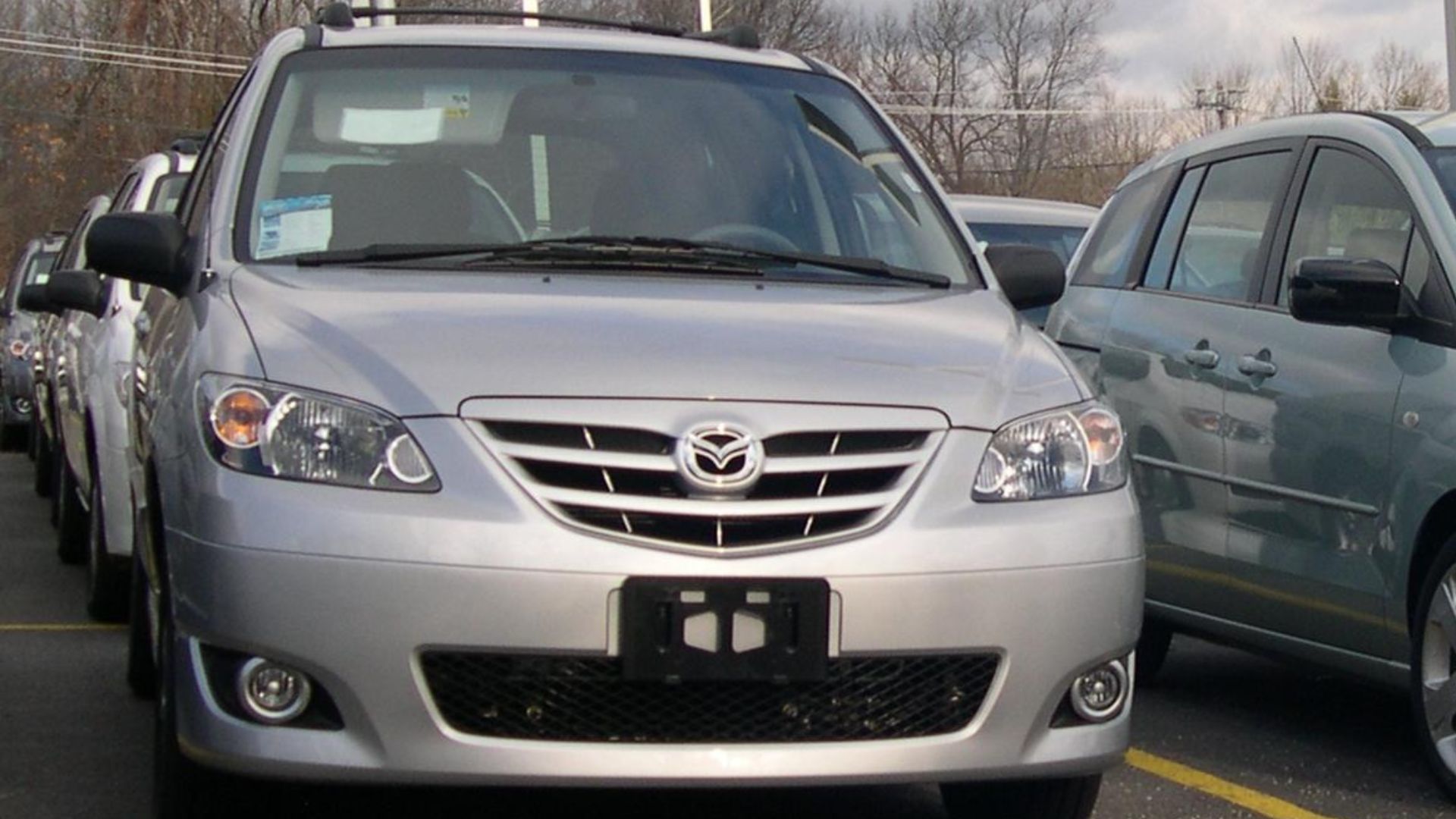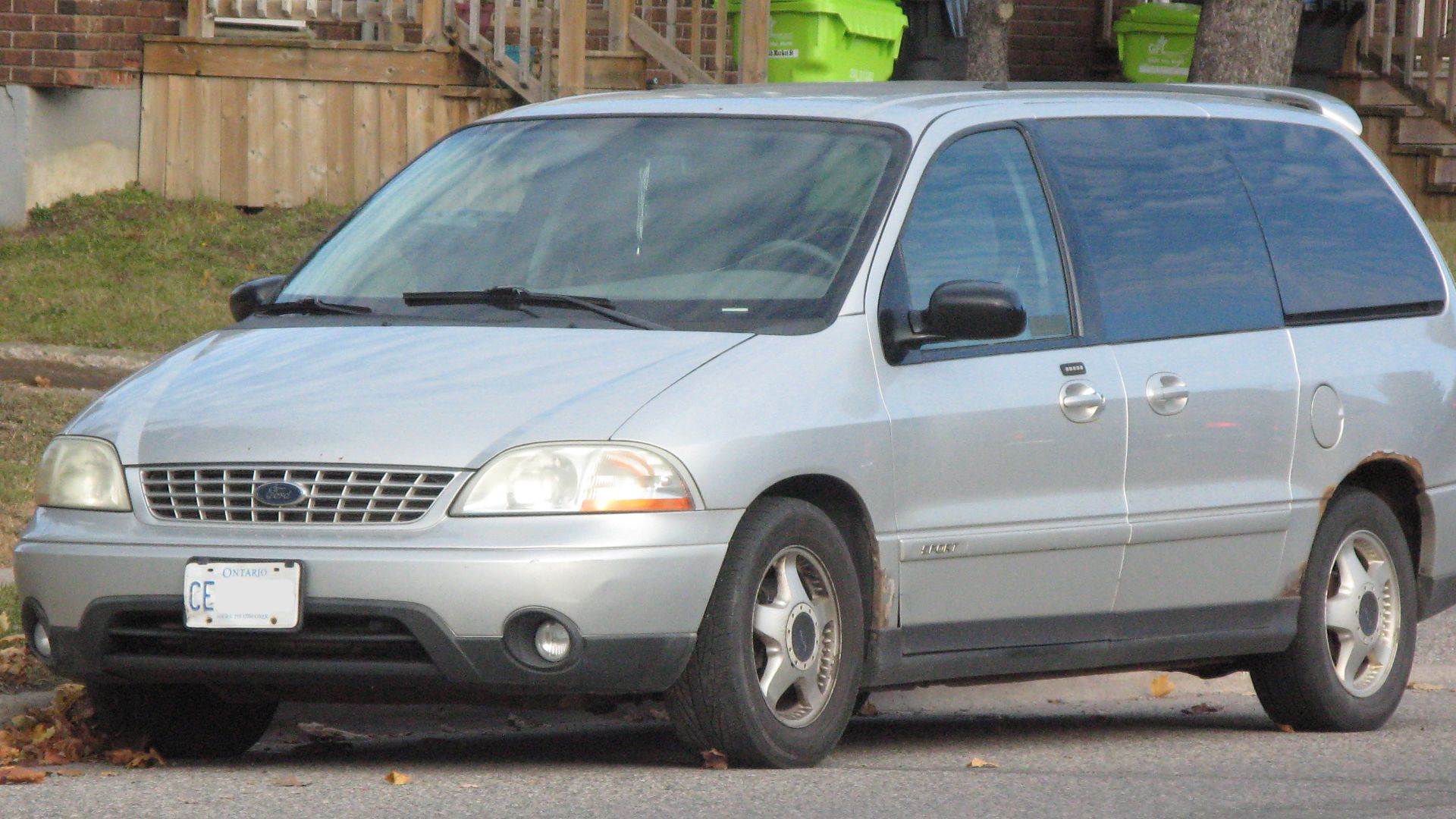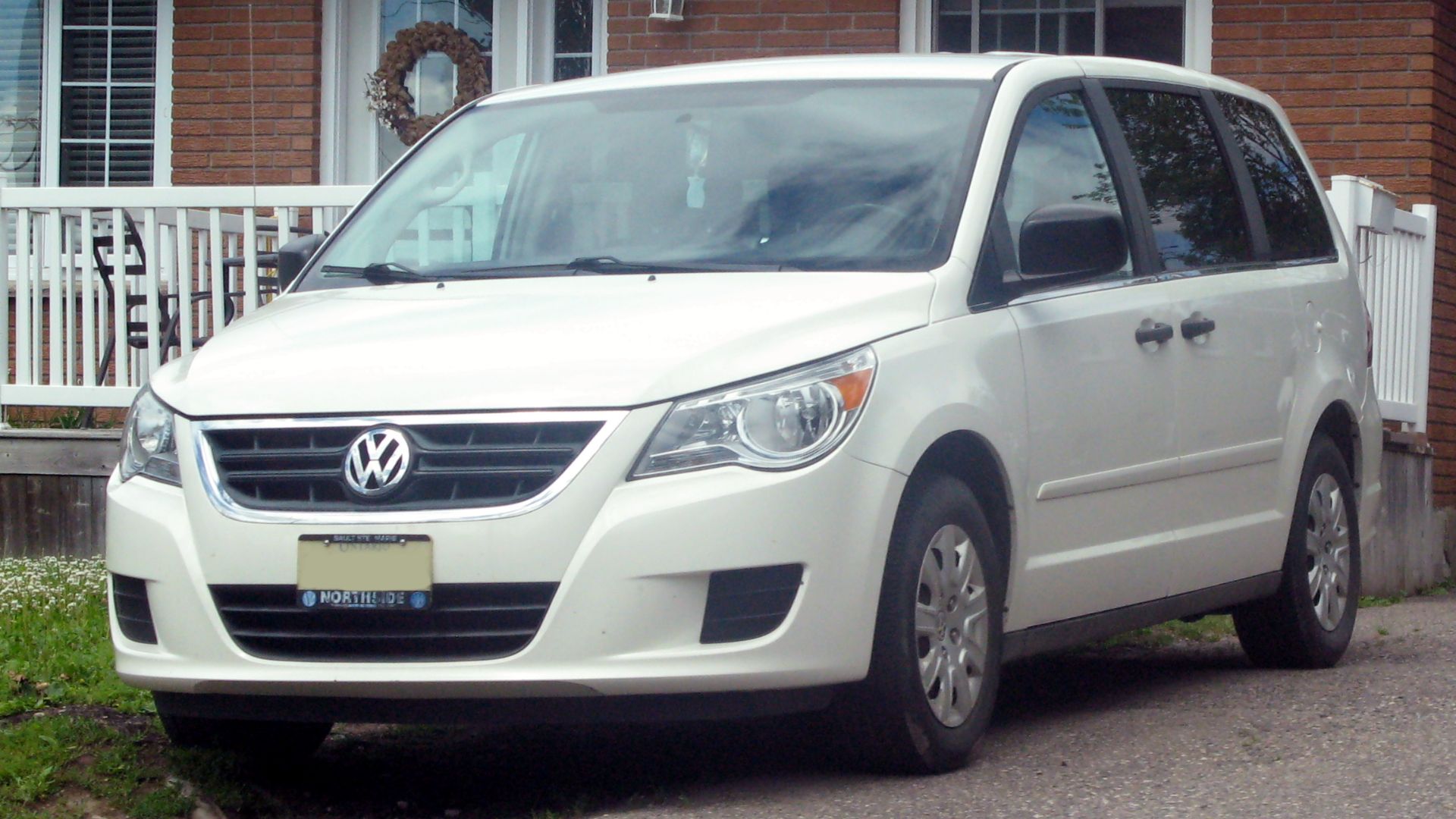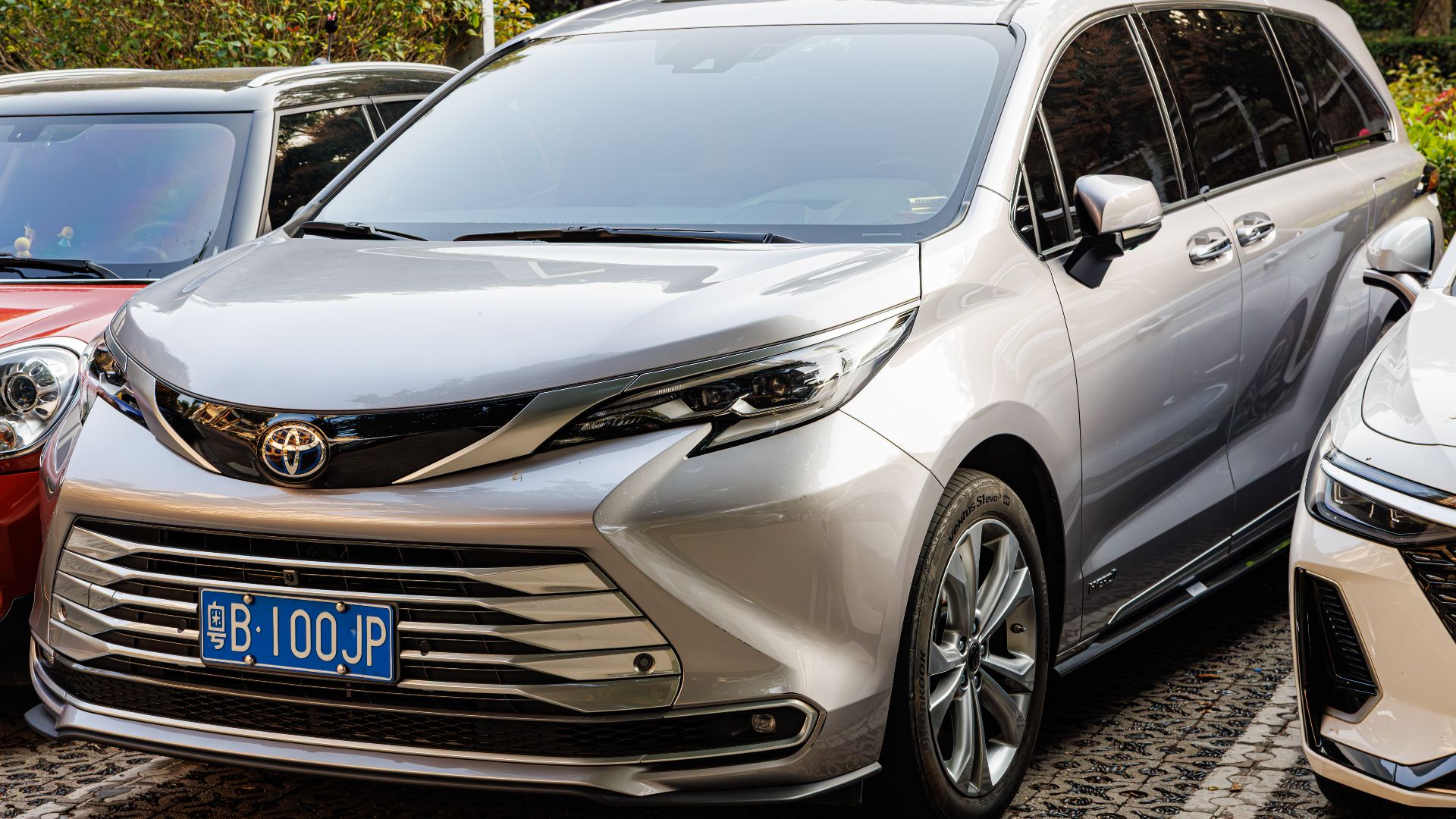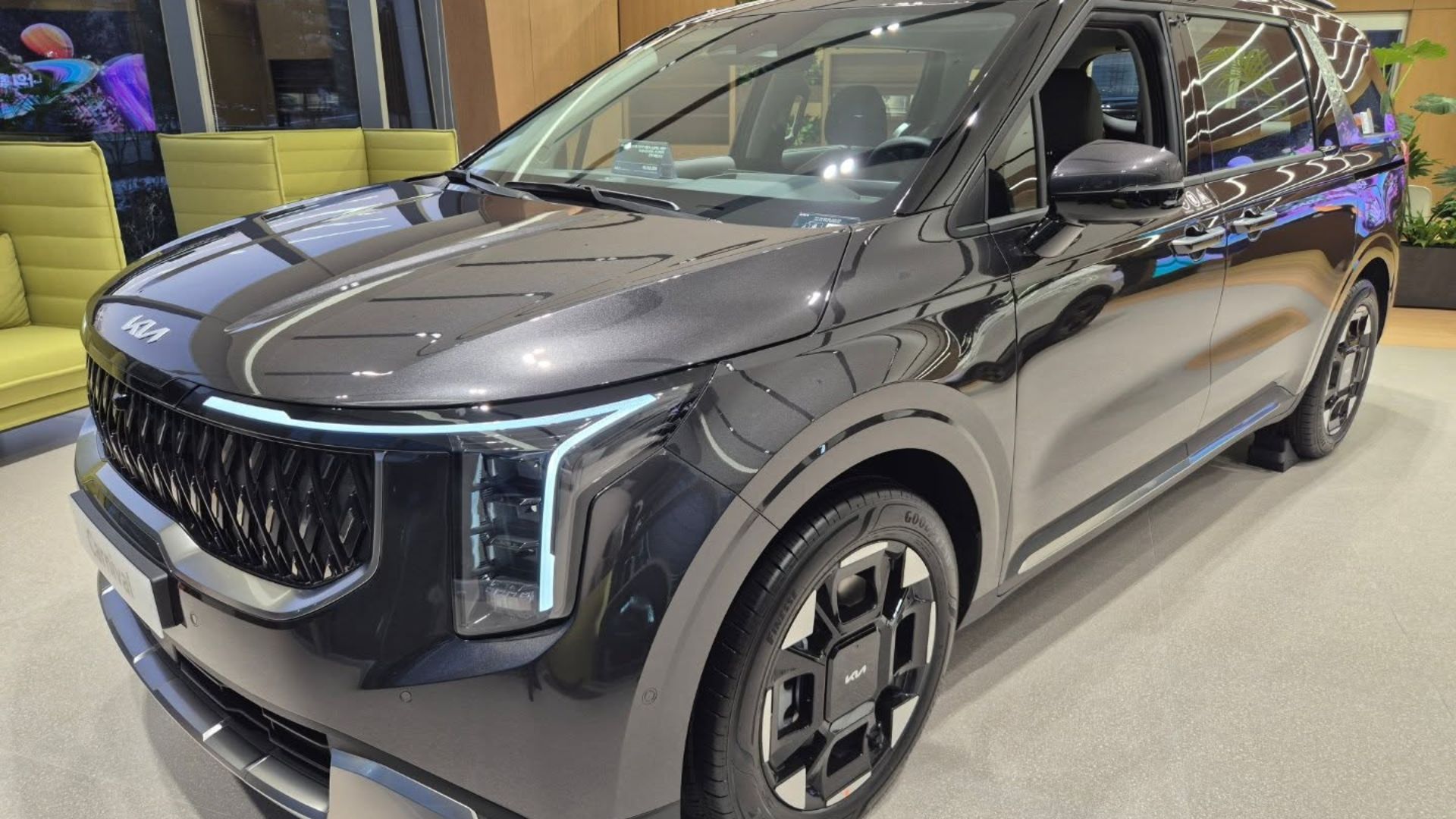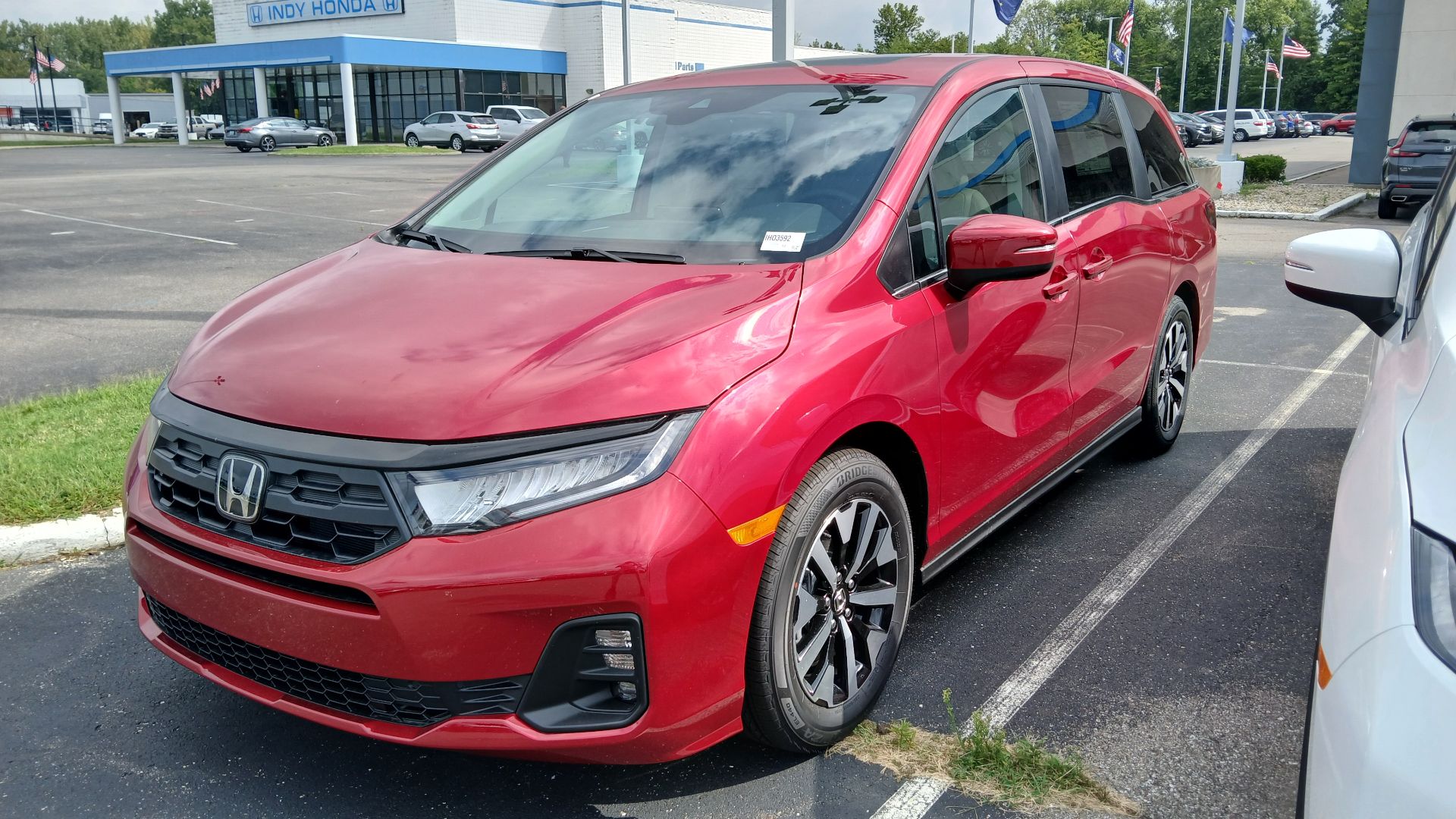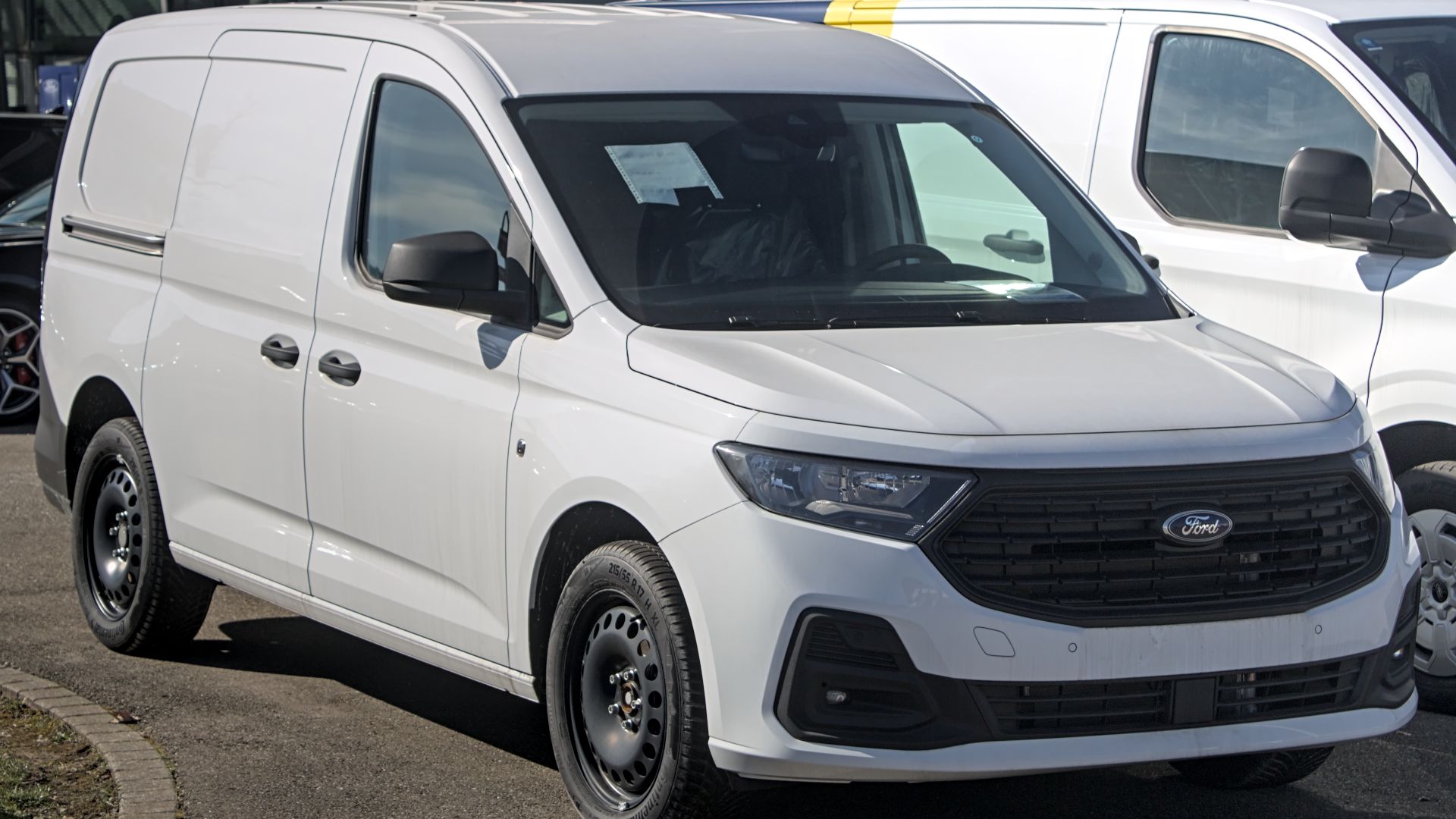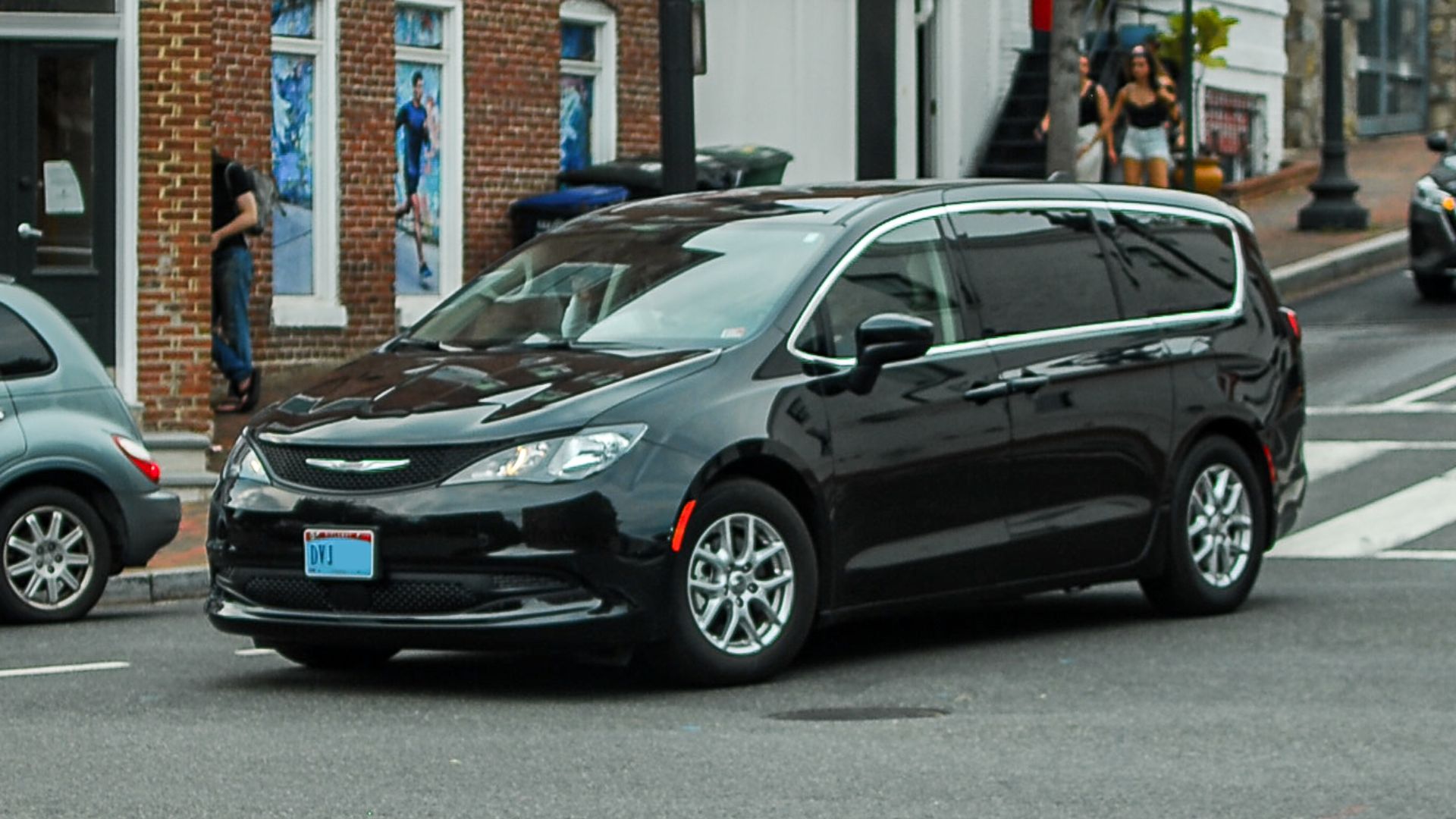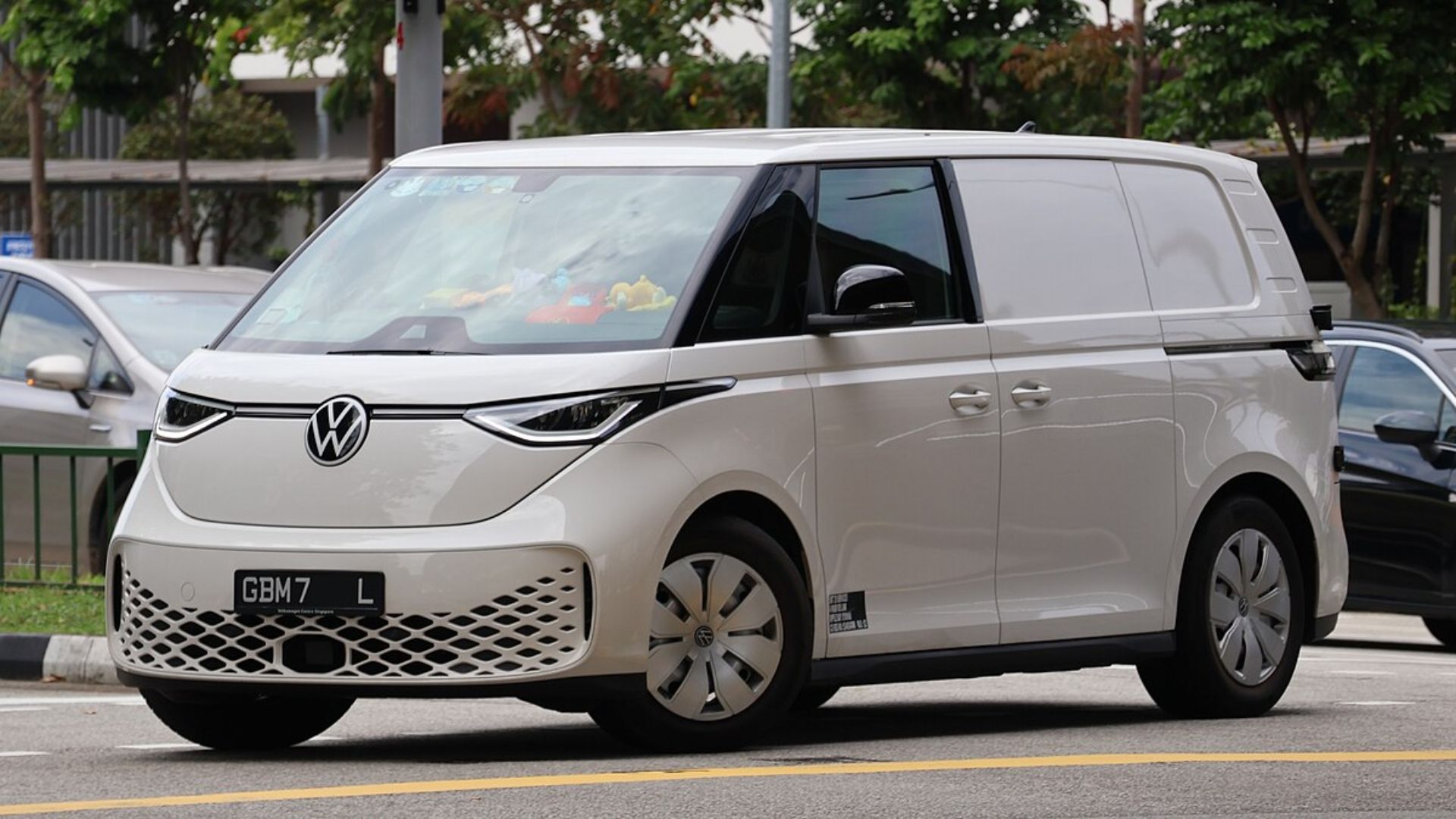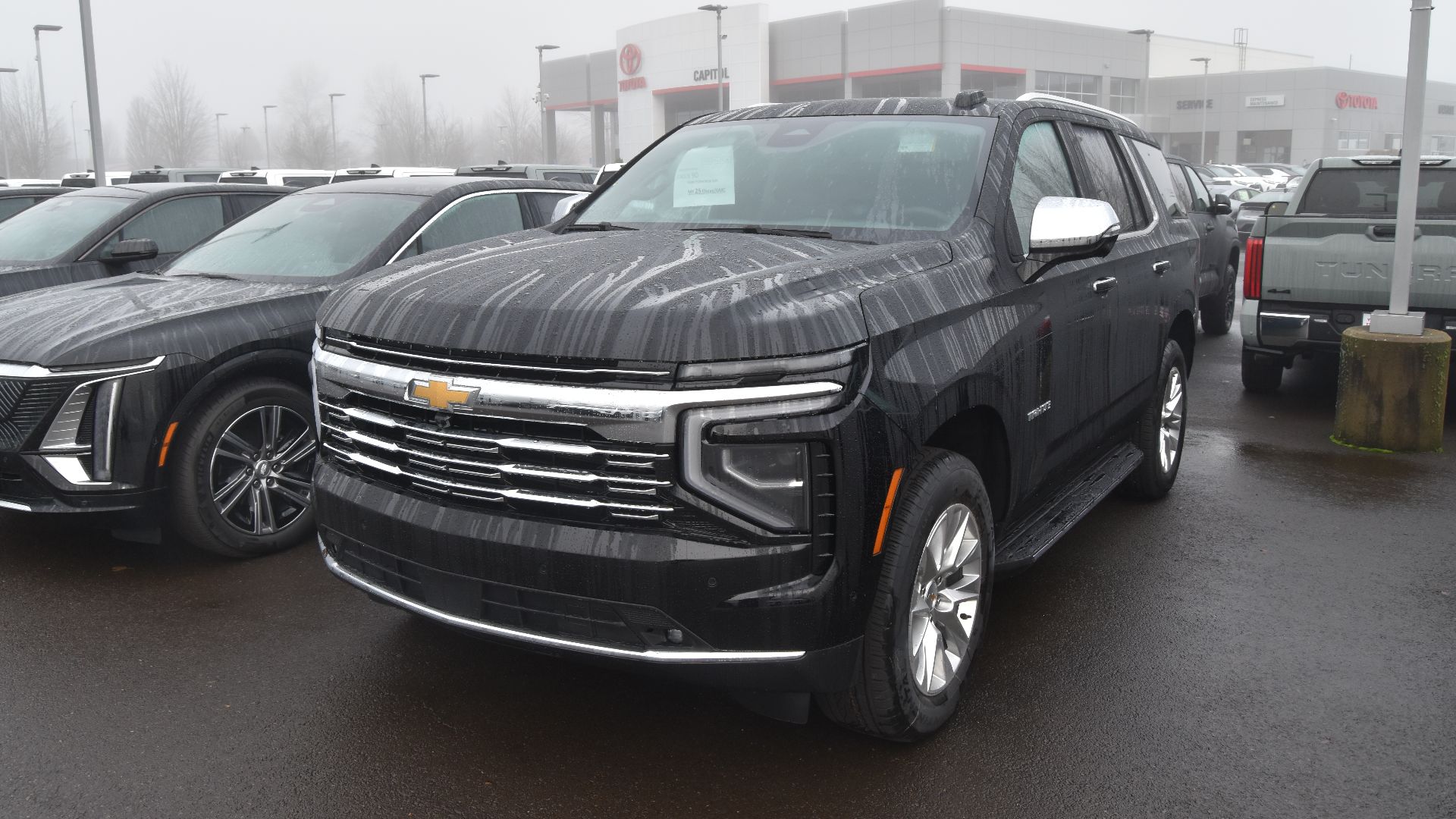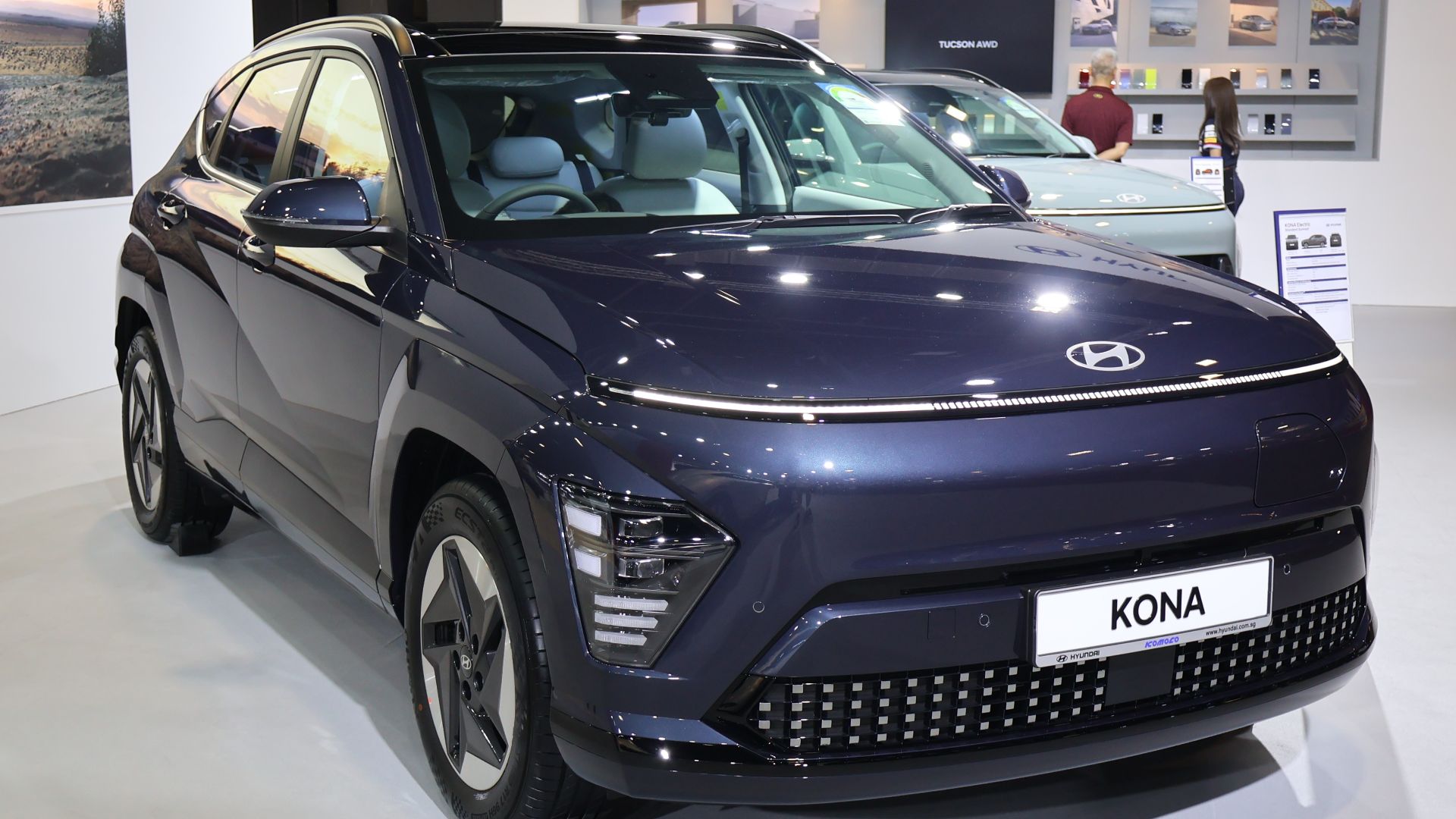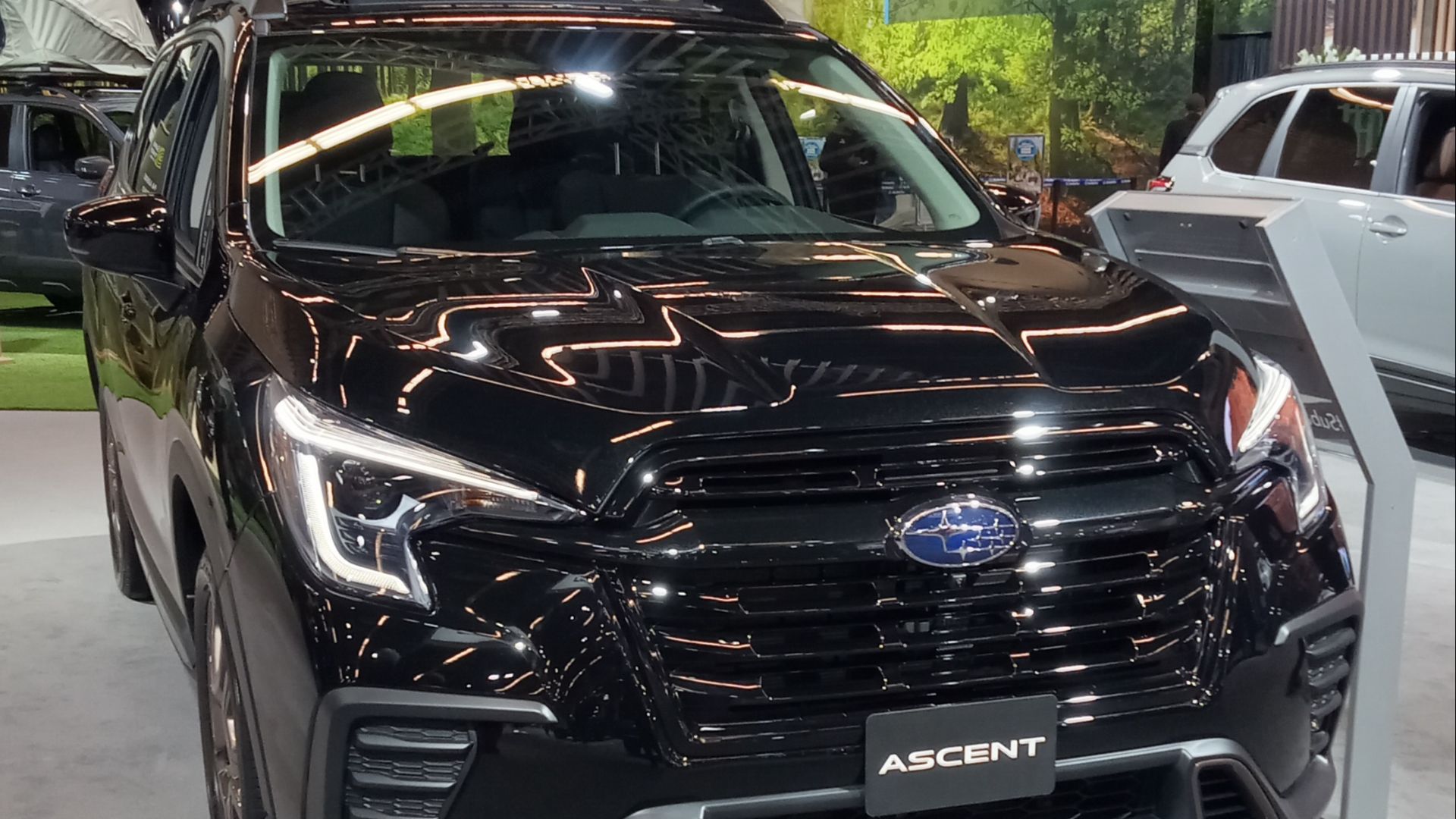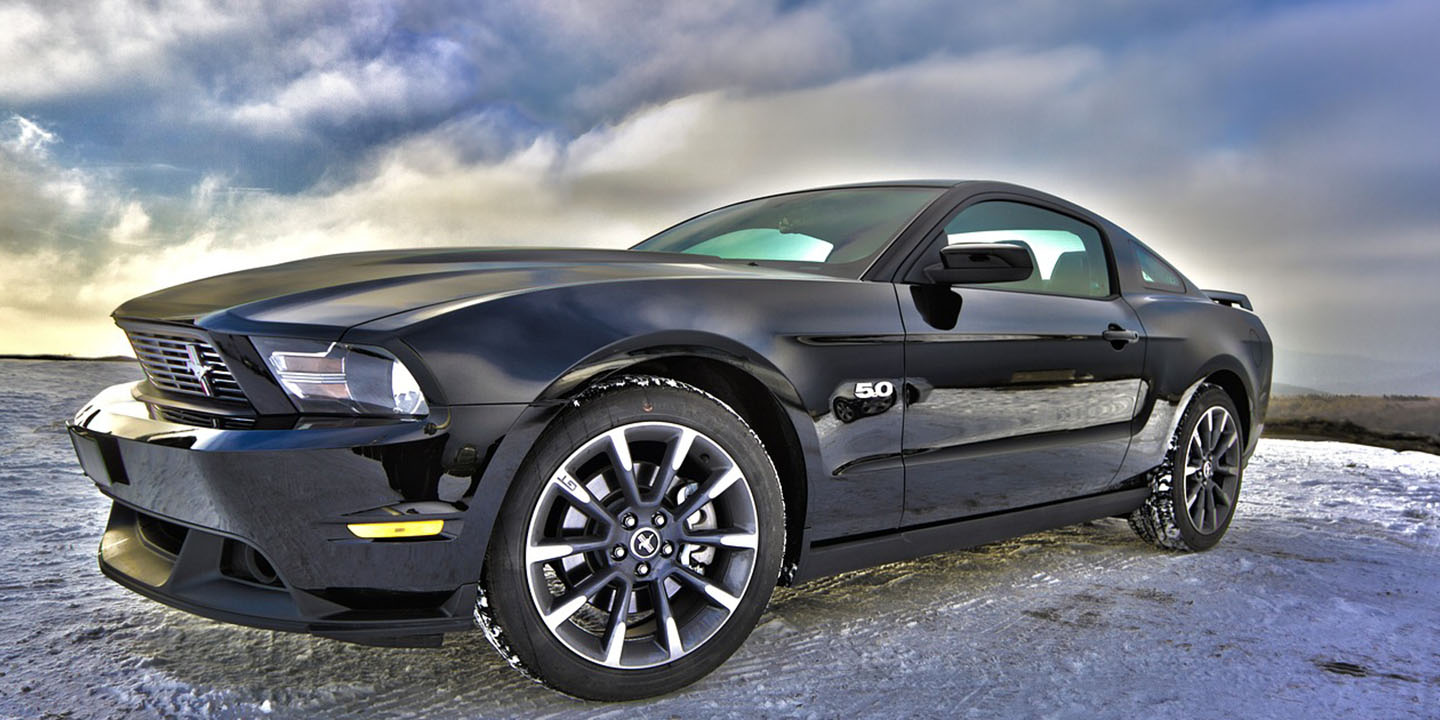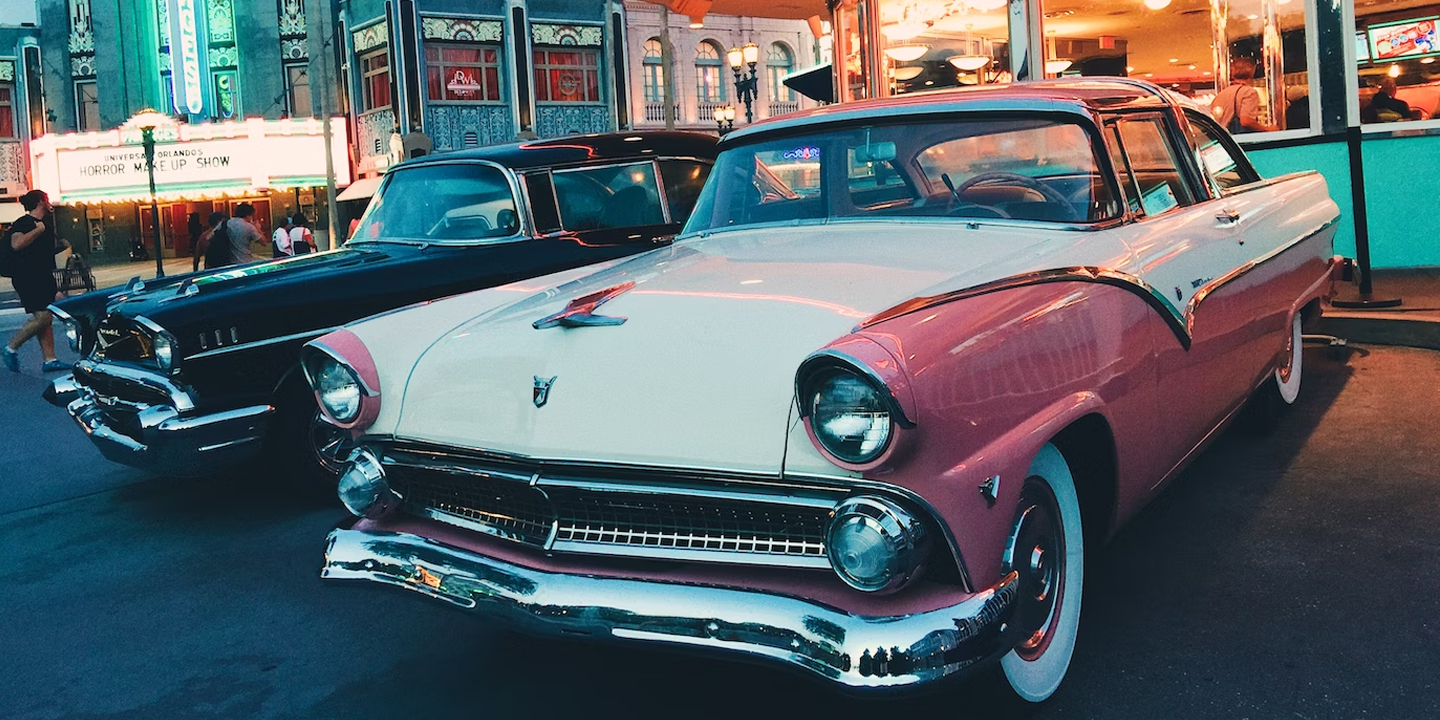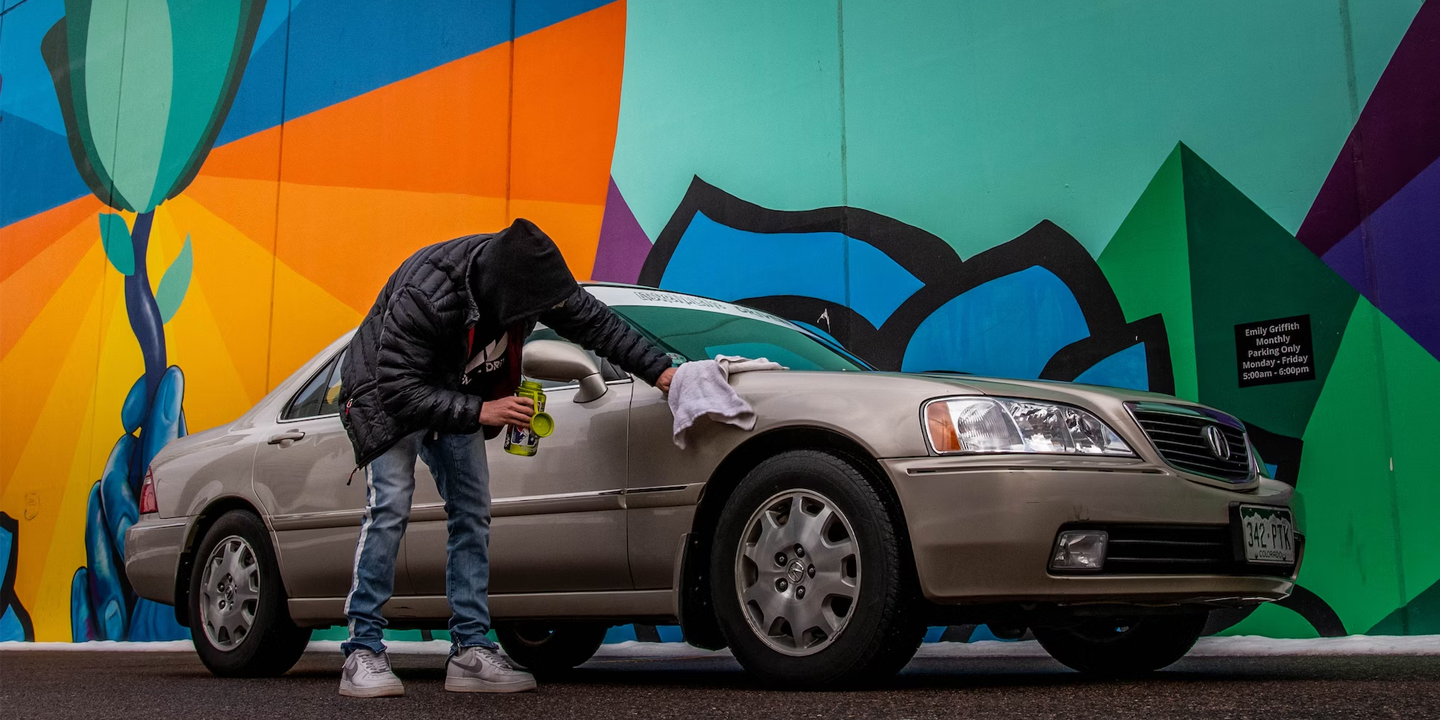Think Twice Before You Buckle In
Before settling on a minivan, take a closer look at what’s actually worth your hard-earned money. While they all might seem like reasonable purchases at first, some models miss the mark entirely. Luckily, others get it right and know exactly what you need for you and your family. Let’s start with the ones that don’t before moving on to the minivans you should strongly consider.
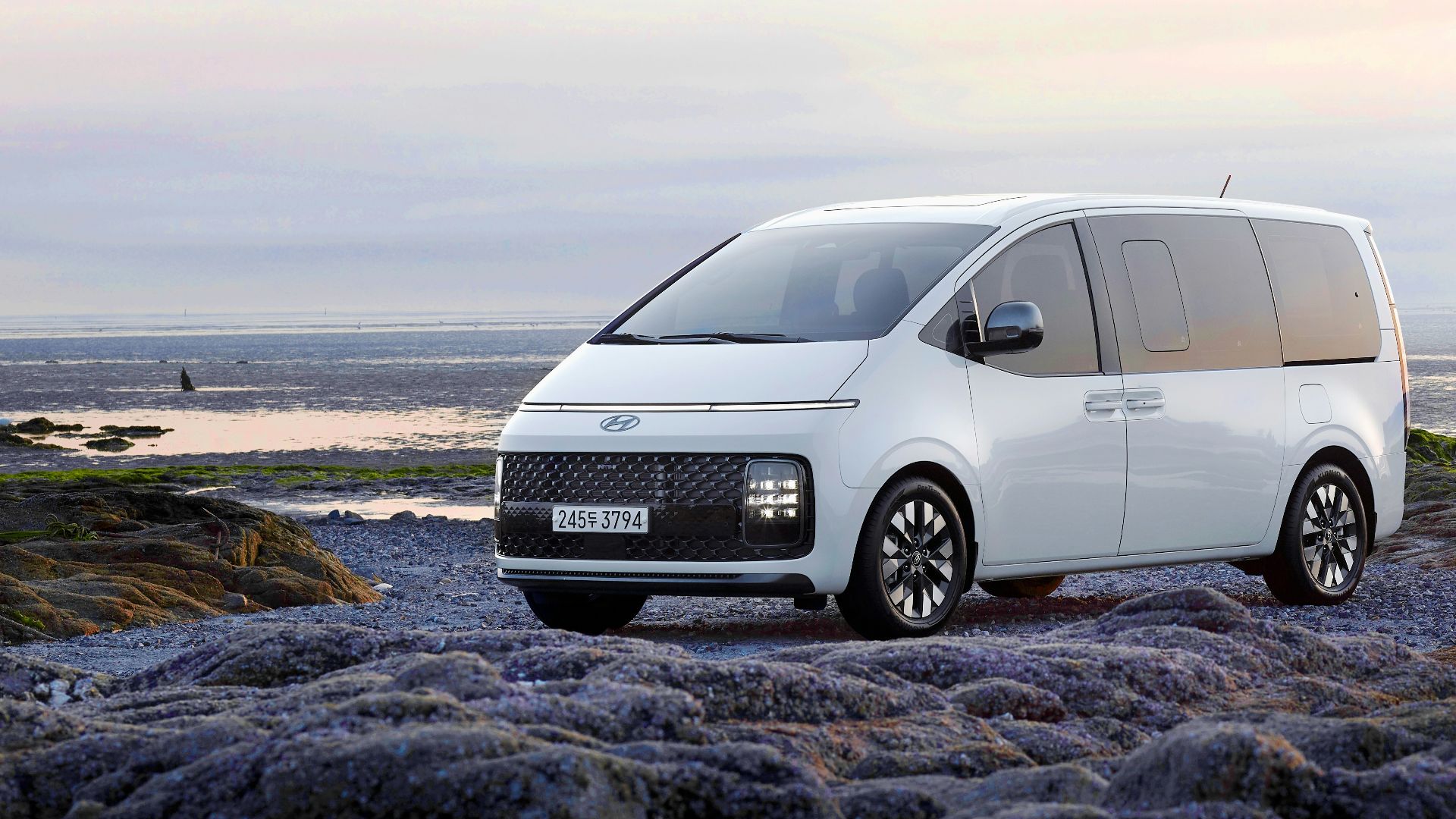 Hyundai Motor Group on Unsplash
Hyundai Motor Group on Unsplash
1. Honda Odyssey (2023)
It’s a fan favorite, but the 2023 Odyssey stumbled in one key area. The IIHS gave it a “Poor” rating for rear-seat safety, a red flag for anyone hauling kids. Front performance holds up, but the backseat tells a different story. Disappointing for a go-to family pick.
2. Kia Carnival (2023)
The vehicle looks sharp, feels modern, and offers adult-friendly third-row seating. Yet the 2023 model only scored “Marginal” for rear passenger protection in crash tests. That’s not just a detail—it’s the difference between style and security. Eye-catching doesn’t always mean kid-safe.
3. Toyota Sienna (2023)
You’ll save on gas, sure. But the 2023 Sienna also earned a “Marginal” score for rear-seat safety. That’s a tradeoff worth questioning. Until recent models fix the flaws, it may not be the smartest call for families to prioritize crash protection.
4. Chrysler Pacifica (2023)
Spacious interior? Check. Rear-seat safety? Not quite. The 2023 Pacifica's “Marginal" crash score for backseat passengers dims its family appeal. For a vehicle pitched as premium, you'd expect more peace of mind behind the second row.
5. Dodge Grand Caravan (2020)
Once a household name, this minivan lagged behind in both tech and safety updates. By 2020, it was outdated and barely competitive. With poor crash-test results and minimal active safety features, this isn't the ride you want in charge of precious cargo.
6. Nissan Quest (2016)
The Nissan Quest bowed out quietly in 2016, and with good reason. The vehicle struggled in small overlap crash tests and lacked the tech most families now expect. Even as a secondhand, it's a hard sell in a world demanding more from family vehicles.
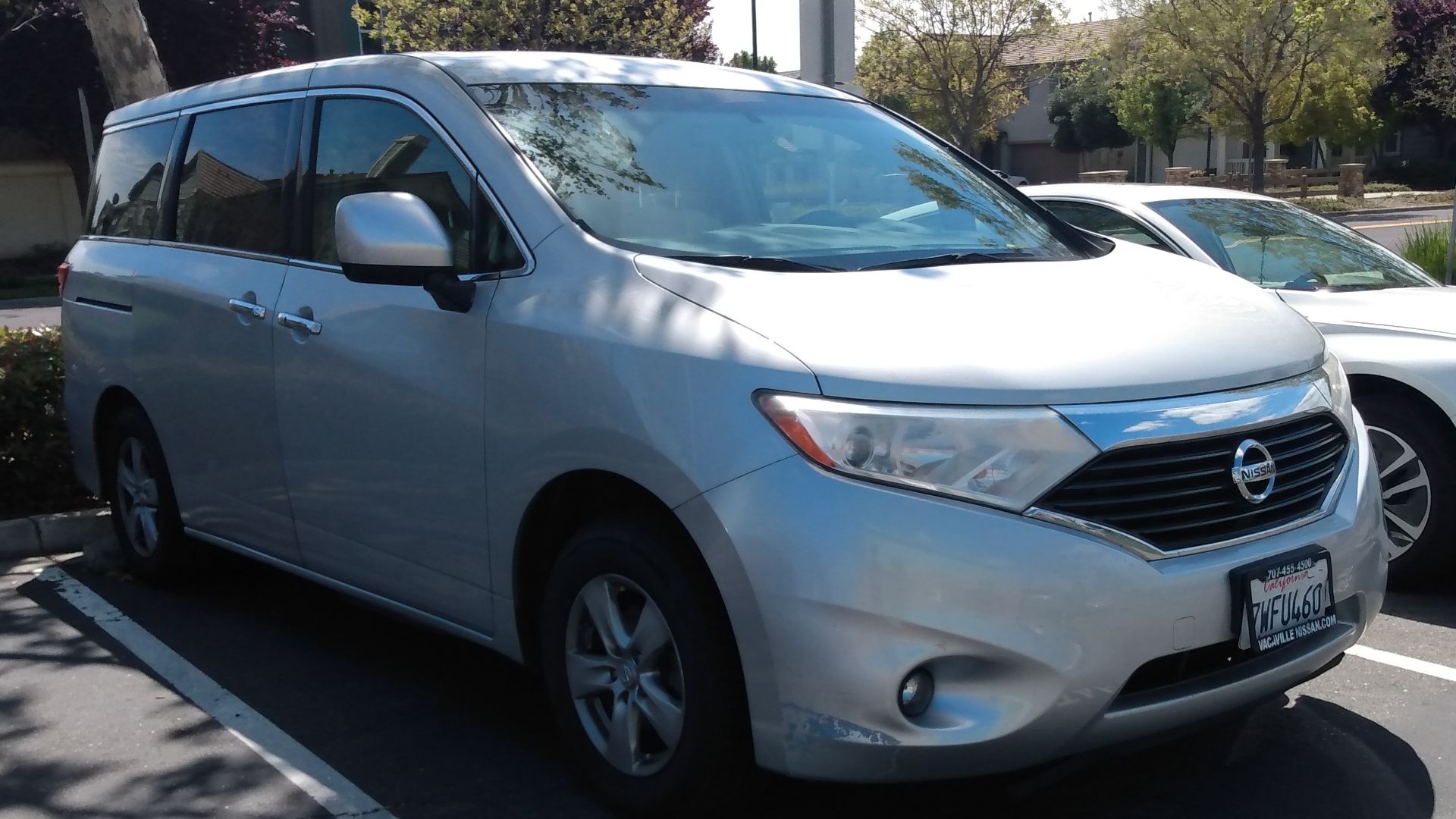 DestinationFearFan on Wikimedia
DestinationFearFan on Wikimedia
7. Chevrolet Uplander (2008)
Spacious on paper but dated in every other way. With subpar crash-test results and nonexistent modern driver aids, the Uplander doesn't meet today's expectations. Family safety standards have changed—this one hasn't.
8. Mazda MPV (2006)
At the time, it offered flexibility and decent handling. Now? It lacks side curtain airbags, crash-test confidence, and current safety standards. The MPV has faded from relevance, and for families, that's probably a good thing.
9. Ford Windstar (2003)
Back in the day, the Windstar was already raising eyebrows. Now, those concerns have only grown louder. Between safety issues and age, this isn’t the kind of ride you'd trust with your most important passengers.
10. Volkswagen Routan (2012)
Though it wore a VW badge, the Routan was basically a rebadged Chrysler underneath—and not even the best version. Safety and tech lagged behind rivals even at launch. Today, it’s outdated and unsupported, with none of the charm you’d expect from the brand.
Now that we’ve cleared out the clutter, let’s talk about the minivans and family-ready vehicles that actually get it right.
1. Toyota Sienna (2025)
The 2025 Sienna improves rear-seat crash performance compared to earlier versions. It pairs a fuel-efficient hybrid engine with available all-wheel drive and generous cargo room. For families seeking comfort and smarter design, this updated model finally delivers on both.
2. Kia Carnival Hybrid (2025)
We're definitely not talking about the 2023 version with safety concerns. The 2025 Carnival Hybrid introduces better safety tech and efficiency, plus an updated cabin that feels more like an SUV than a van. It’s stylish, spacious, and a lot more family-friendly than before.
3. Chrysler Pacifica Plug-In Hybrid (2025)
Forget the gas-only version. Electric power covers local commutes, while upgraded safety systems and clever seat storage make trips easier to manage. Families who want flexible space and reduced fuel costs should consider a quiet, capable upgrade to the old Pacifica name.
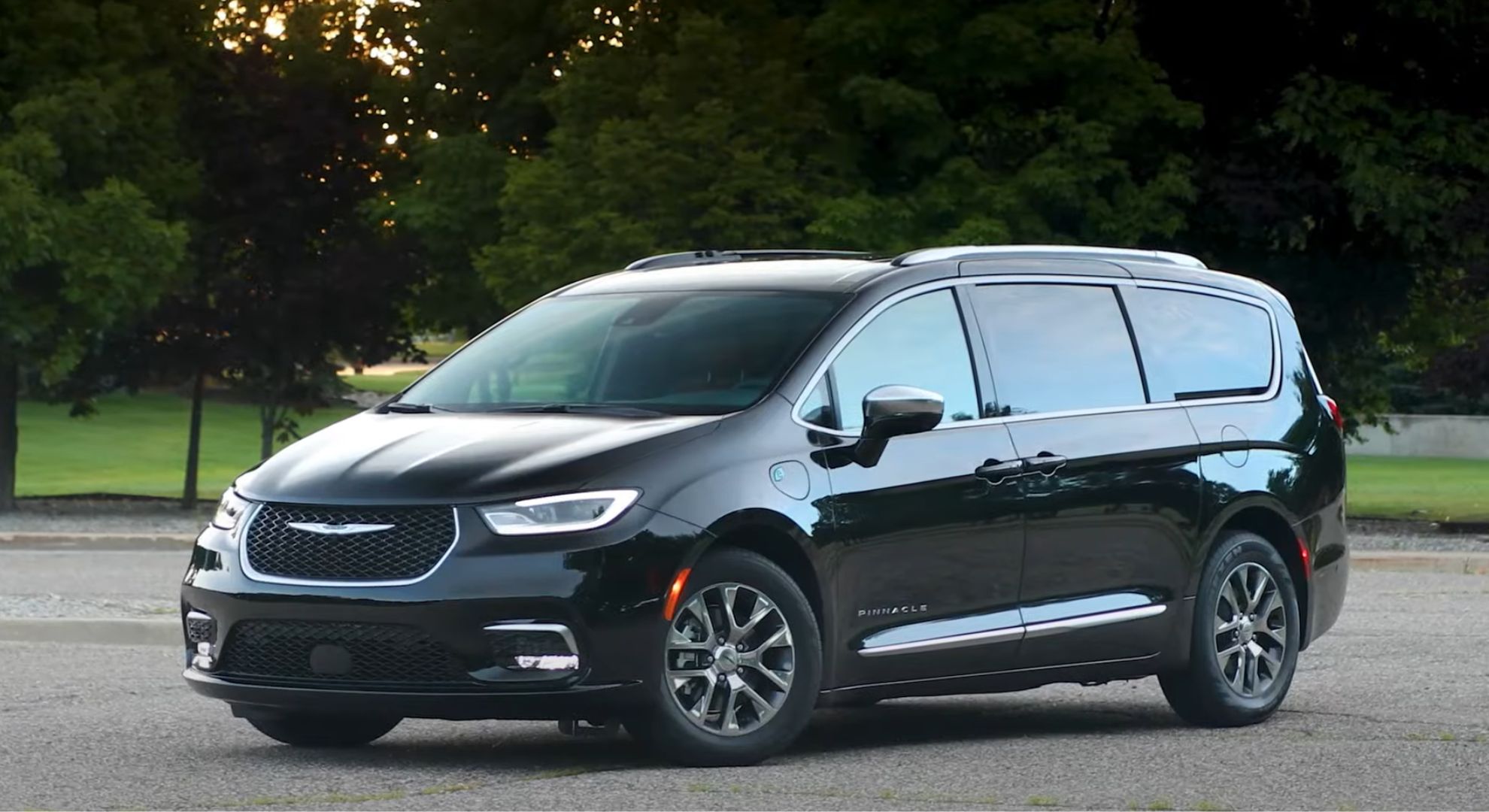 New 2025 Chrysler Pacifica Plug in Hybrid by DPCcars
New 2025 Chrysler Pacifica Plug in Hybrid by DPCcars
4. Honda Odyssey (2025)
Honda addressed past safety critiques in its latest model. The 2025 Odyssey adds updated driver-assist tech and enhanced rear-passenger protection. Still known for its reliability, this version is a solid return to form for longtime minivan fans.
5. Ford Transit Connect (2025)
The Transit Connect has quietly leveled up. It’s still compact and capable, but now it adds hybrid tech, smart charging, and plenty of space for your gear—or your kids’ soccer stuff. It’s not flashy but incredibly useful.
6. Chrysler Voyager (2025)
Voyager handles daily life without making things complicated. The seats fold into the floor, and the space adjusts fast. Safety features come standard. Families who want a reliable ride without a luxury label will find this model surprisingly easy to live with.
7. Volkswagen ID. Buzz (2025)
Volkswagen’s ID. Buzz brings back the microbus feel, minus the fumes. It’s electric, fits seven people, and has plenty of cargo space. Charging up to 80% takes about 30 minutes, which makes it more road-trip-ready than you might expect.
8. Chevrolet Tahoe (2025)
Is a Minivan not cutting it anymore? Tahoe steps in with confidence. Seating stretches across three rows, and towing doesn't require compromise. For families who need muscle and flexibility, this full-size SUV answers with quiet strength and a solid driving experience.
9. Hyundai Kona (2025)
No need to overthink the switch. Kona fits where big SUVs won’t and still manages to hold its own. Back seats fold when you need the room, and tech responds without fuss. Parents often stay surprised at how useful it becomes.
10. Subaru Ascent (2025)
Three-row seating, standard all-wheel drive, and excellent safety ratings make the Ascent a strong fit for families. While not a minivan in name, its practicality and smart layout deliver exactly what many parents are looking for, especially those dealing with snow or rougher roads.


